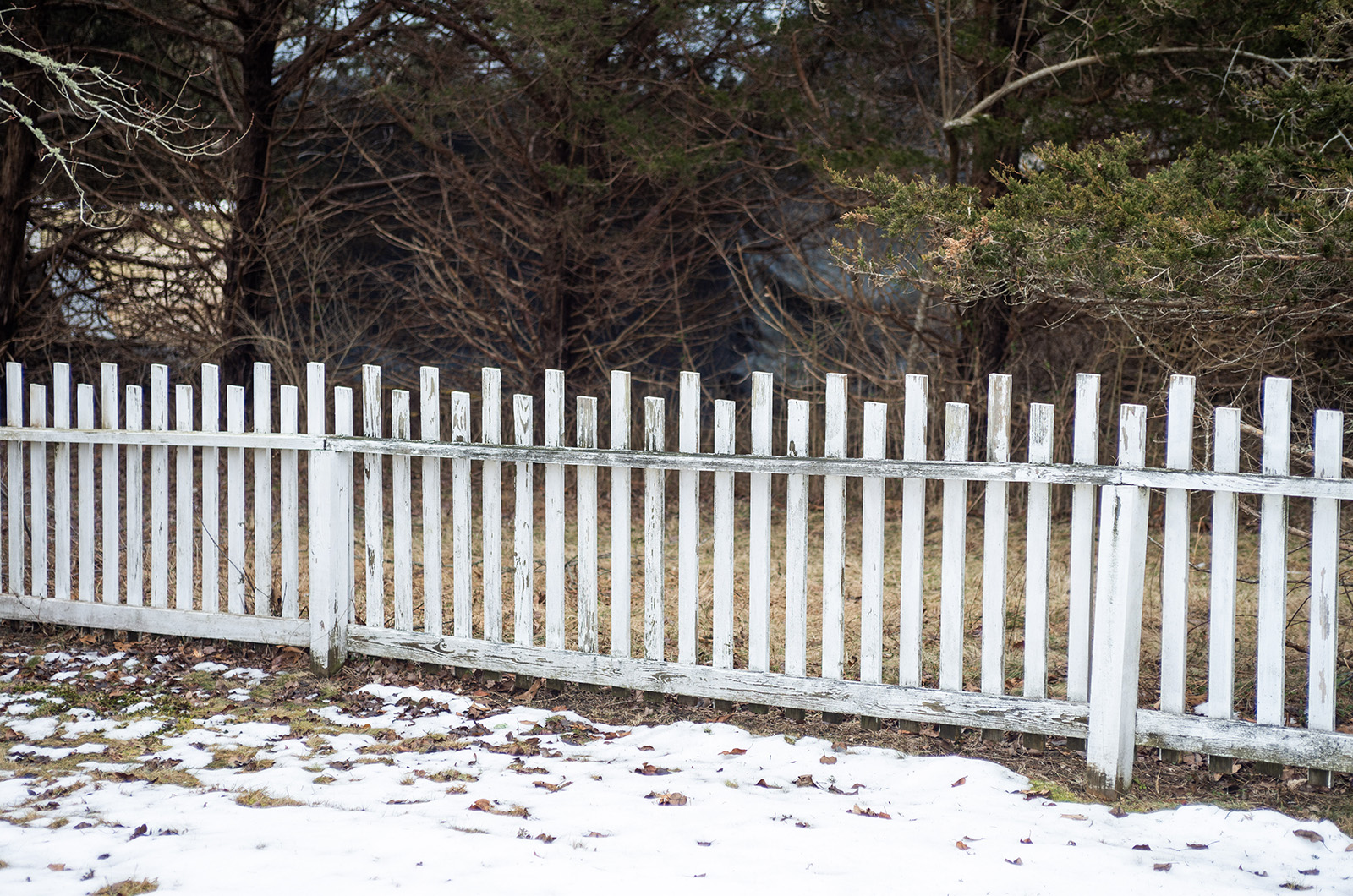The white picket fence bordering State Road and the West Tisbury cemetery will remain standing for now after the town historic district commission, in a split vote Monday, denied a plan from the select board to remove most of the fence.
Efforts to address the fence’s deteriorating conditions have been going on for more than a decade, with town voters approving $75,000 to fix the fence in 2014. After bids to do the work came in at nearly $100,000, voters at town meeting struck down the project the next year.
Portions of the wooden fence have begun to rot, threatening its structural integrity, and the fence’s paint job has degraded. Materials and labor costs have only risen since the 2014 town meeting vote, said town administrator Jen Rand.
As a way to avoid construction and maintenance costs, the select board proposed the pickets be removed while retaining the granite posts anchoring the fence, to serve as a new boundary line.
The idea was first proposed to the board by town resident Prudy Burt.
“It just made sense for me. The town is staring down the barrel of huge capital expenses.” Ms. Burt said, at the meeting on Feb. 26. “I’m not disrespectful of the history. This is my town. We’ve lived here for hundreds of years, and I just know how my ancestors would feel about this…This is a good common sense compromise.”
But some members of the historic district commission, which reviews all projects in the town historic district, expressed reservations about the impact of the removal.
“I think that it’s fairly traditional to have fences around cemeteries…It marks it as a sacred place. And it’s a measure of respect,” said commission member Nancy Dole. “In the historic district, people have to spend lots of money on things they don’t want to, because they have to preserve the character of the historic district.”
Ms. Dole said she was concerned that approving the fence removal could provide a precedent for other demolitions in the historic district. In September of 2023, the select board proposed replacing the existing wooden fence with a plastic material to lower maintenance costs, which the commission also denied.
Large capital costs have to be approved by voters at town meeting, meaning the select board cannot simply sign off on the fence repair costs.
“We can’t force the town to spend money on things,” said select board member Jeffrey (Skipper) Manter.
If the board was not able to get approval to repair, replace or remove the fence, said Ms. Dole, it would be allowed to continue to deteriorate, a process known as “demolition by neglect,” which is de facto permitted.
“Obviously, that’s fairly, maybe disrespectful to some people, but it’s possible,” she said.
After nearly an hour of discussion, the commission voted on a modified proposal to demolish most of the fence. Historic commissioners Sean Conley and Charles Kernick voted in favor of the removal, while Ms. Dole and Carol Sarason voted against. With a tie vote, the motion failed.
The two bodies made plans for a site visit and follow up meeting in April, in the hopes of reaching a compromise.
Until then, at least, the fence remains.







Comments (3)
Comments
Comment policy »